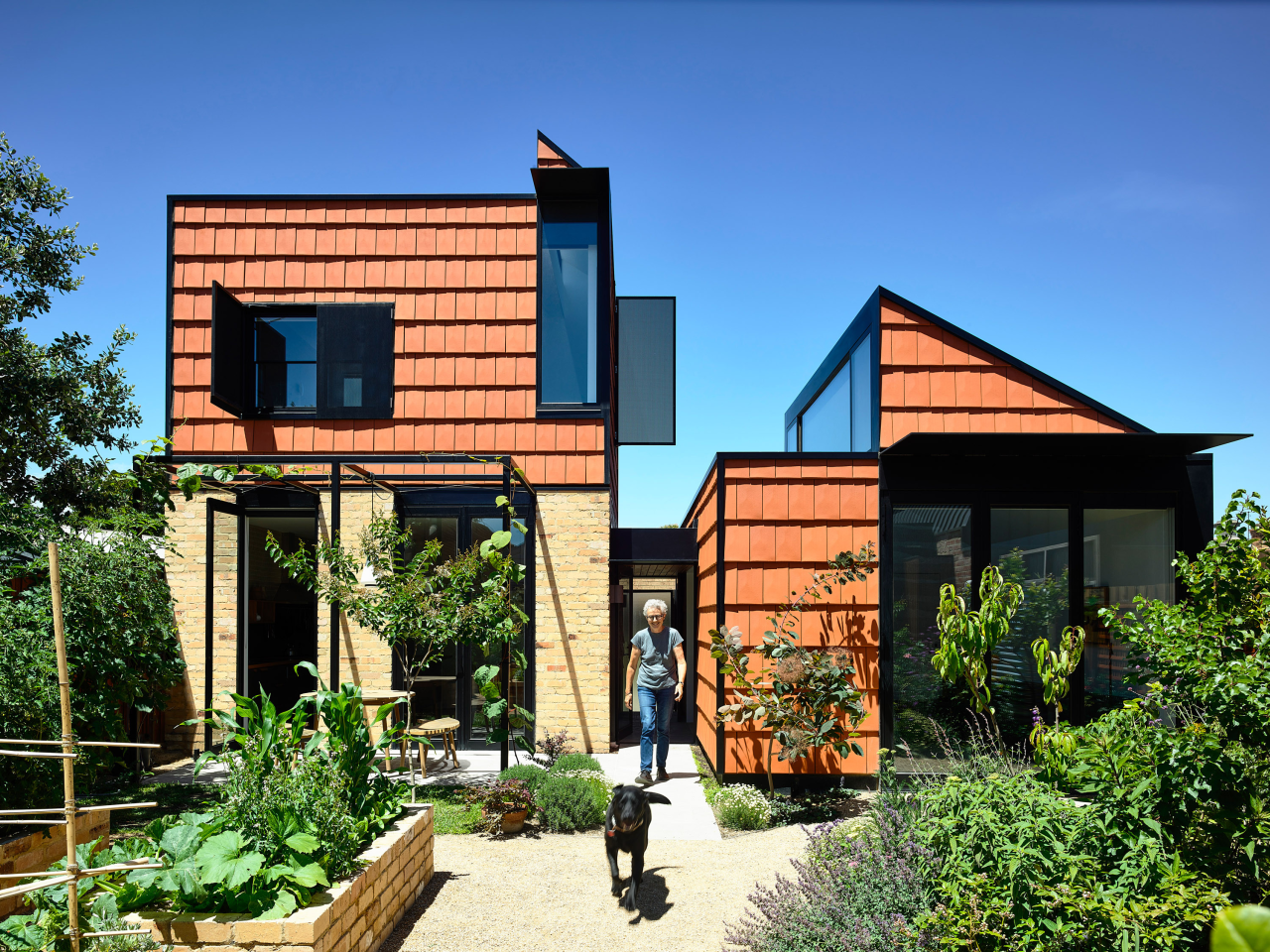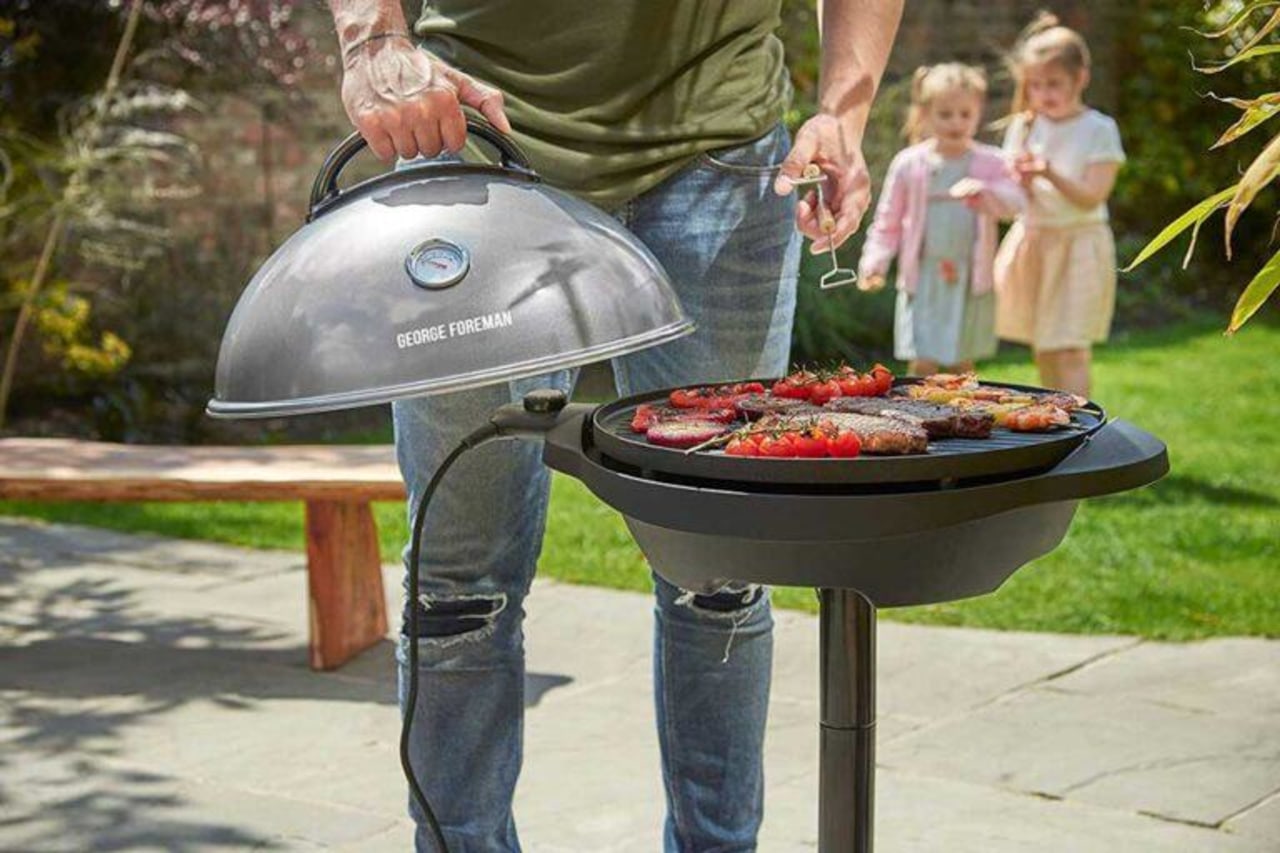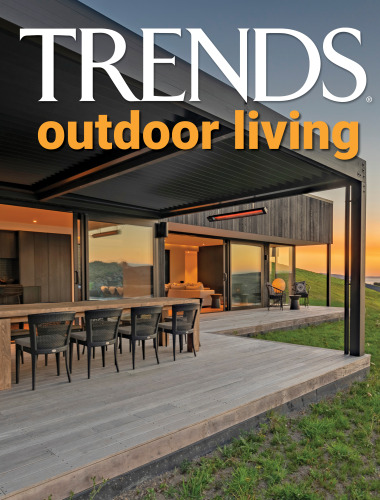How to create an eye-catching outdoor space with green credentials
It's not just charity that begins at home – so does the pursuit of a 'greener' world and that can start with your outdoor space

Story by Dakota Murphey
More of us than ever before are making changes to do our bit for Mother Earth, from swapping out single-use plastics for reusables to adopting a plant-based diet to cut back on meat and dairy.
Plus, we’re also considering the ways that sustainability can feature in our homes.
Many people are looking for ways to make the most of their outdoor space but are wanting to do so in an eco-friendly way.
If you’re ready to upgrade your garden with a greener approach, here are some tips for how to do just that.
Why sustainability is important
Sustainability offers numerous benefits, whether you’re choosing local plants that don’t require as much fertiliser or pesticides, and can stay fulfilled by the local climate without needing additional water, or choosing materials that don’t impact the planet both in sourcing and long-term.
The primary goal of sustainability, whether for the interior of your home or outdoors, is to minimise damage to the natural environment and ecosystems, protecting the environment for future generations.
That might be switching out materials that can be recycled at the end of their life, paying better attention to flora used in the space or choosing companies that provide recyclable packaging or low waste options.

Build with green materials
If you’re planning an outdoor project – say a patio, a lounge space for entertaining or a deck for potted plants – consider choosing green materials such as natural brick, stone or recycled materials.
These materials are not only more sustainable to source but they work well in terms of durability, so you won’t need to replace them for many years.
Permeable pavers are also a great choice, since they allow water to soak into the material, therefore staying where it falls.
Alternatively, reclaimed timber and recycled wood can be an eco-friendly choice, particularly for pergolas and similar structures.
Make use of second-hand materials
Everything we purchase requires materials to be manufactured.
Coupled with the environmental impact of the transportation of these products, the carbon footprint of every product we buy can be significant.
For this reason, it’s almost always better to buy second-hand items where possible.
Rachel Thompson, Head of Sustainability at MPB, backs up this belief, stating that: “circular businesses are directly involved in the shift away from over-using natural resources in a “take-make-waste” economy and into circular systems where waste and pollution are avoided and ultimately eliminated.”
Maybe you already have wood you can use to build your decking, or perhaps you can buy thrift outdoor furniture and give it a fresh coat of paint and so a new lease of life.
If there are tools you need to bring your vision to life, can you borrow them from a friend or hire them?
The more you can reuse or repurpose, the better it will be for the planet.

Choose sustainable patio furniture
Furniture is a must for any outdoor space, allowing you to comfortably relax, unwind and spend time with family and friends in the great outdoors.
But so often, outdoor furniture is made from plastic that requires unsustainable materials like coal, gasses and crude oil to produce, which are bad for the planet.
Wooden patio furniture is more sustainable, especially if you choose products that are made from wood grown responsibly.
Teak, for example, is an eco-friendly option that is renowned for its durability and strength, making it a great option for furniture that’s built to last.
However, other options include wicker products and stainless steel that can be repurposed and recycled in the future, and also locally made concrete furniture that doesn’t need to be transported long distances, reducing carbon emissions.
Put in native plants
When you’re selecting flowers and shrubs for your outdoor space, think about what grows naturally in your local area rather than choosing exotic plants that may not thrive in the climate where you live.
Native plants are meant to grow in your part of the world, so they’re likely to need much less water to survive and also contribute to the ecosystem, providing an inviting living space for insects, birds and other wildlife.
Ditch the gas BBQ
Many homes in sunnier locations take advantage of the great weather to cook and dine outdoors, making the garden a second kitchen and living area.
However, if you’re adding an outdoor cooking option to your home, think about the fuel used to make it a greener choice.
The traditional charcoal grill isn’t sustainable, and it’s also not a healthy option for you and your family and friends.
But while gas grills are healthier and produce less pollution, they’re also not the greenest option.
Instead, you may want to choose an electric grill – a particularly green choice if powered by renewable sources such as solar power.
Sustainability may seem like a buzzword that is being thrown around more and more these days, but the reality is that making small changes to how we live our lives can make all the difference and will result in a healthier, safer planet for all.
When it comes to making changes to your garden, you can approach projects and decorative elements with a greener mindset to create an eco-friendly space that still looks great.
Use solar powered lighting
Lighting plays an important role in any space, creating ambiance and enabling homeowners to enjoy their garden for longer.
Choose an eco-friendly option, with solar-powered lighting that charges up during the day and provides softer lighting in the evening, without any additional electricity costs required.
Solar lights can be placed anywhere in the garden, such as along pathways or above doorways, and are very inexpensive to maintain.
Alternatively, if you want lighting for areas that don’t get as much sunlight, LED lights are a great choice – being more eco-friendly than traditional lighting.
Story by: Dakota Murphey
Home kitchen bathroom commercial design



